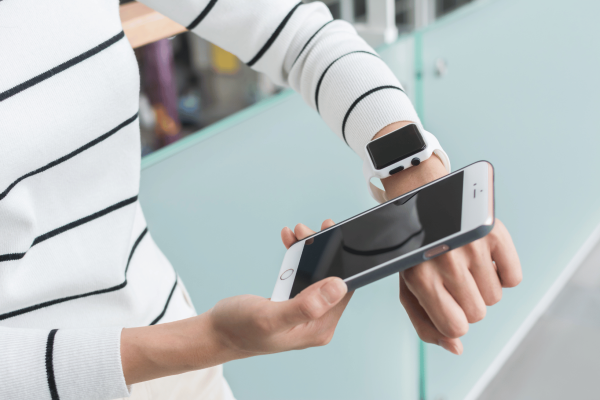We’re currently working with several investigators on completely paperless studies that eliminate the very expensive process known as source document verification (SDV). These investigators are dedicated to their patients and understand that by utilizing cutting edge technology, they are able to conduct their research for a fraction the price. Ultimately, they’re making healthcare more available to the people that need it most by pioneering this new technology.
Perhaps our most promising project combines the technology of a wearable mobile device with the need to track patients’ activity metrics. We’re developing an algorithm that tracks patient activities such as an indoor walk/run, outdoor walk/run, climbing, elliptical, and a variety of other exercises. As patients start and eventually complete these activities within a time frame, the technology actually converts the results into a numerical metric. That metric can be captured pre-treatment as well as post-treatment at varying intervals. This is the next step in true electronic patient reported outcomes (ePRO). The really cool thing about this technology is the data is unbiased; it is measured by a device that is consistent and through standard exercises that are consistent. This allows us to truly gauge how a patient is progressing!
One of our largest points of emphasis is the ability to track patients, long-term, in all medical specialties. This has always been a tremendous challenge. Device companies are now required to track their medical devices after implant. Luckily, TrialKit already has the technology to reliably track these patients. When a patient downloads TrialKit from the App Store or Google Play, the app tracks the mobile device of the subject. Then, companies can setup intervals when the patient can complete an eDiary. These eDiaries can be forms that contain very few fields and are simple to complete. These fields can measure overall QOL, overall pain and overall satisfaction, among almost anything else imaginable. When the form is completed (the app will remind the patient to complete the simple form), two things happen. First, we know the patient is still active and we receive some very important long-term follow-up data. Second, the patient knows the physician is still active and cares enough to follow up. We believe 95% of patients in the United States already have a mobile phone that can download our existing app, making this technology available today. We’re working with clients to implement long-term follow up plans to solve the “lost to follow up” issue.
As a technology company, we are dedicated to remaining at the forefront of new technology. Stay tuned as we continue to release new products and features to modernize the clinical trials process!




